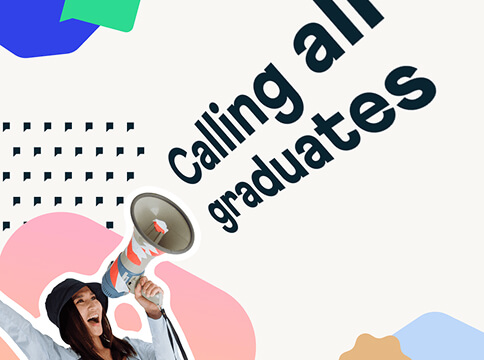As talks of diversity grow, employers are beginning to value a wide mix of employees. But what does DEI mean? Why does it matter?
Diversity in the workplace isn’t a hiring trend. Business leaders see that equality and diversity benefit the company and its employees in the long term. Employing people with diverse backgrounds is key to business success.
Our latest recruitment stats show that almost 90% of graduates prefer to work for a company that values inclusion. What is your company doing to support them?
In this article, we will answer all your questions about DEI. We explain the difference between equality and equity, and how DEI can give your business a competitive edge in hiring graduates.
Contact us today to build your diverse workforce. We can help you find thousands of top candidates and tell you more about our recruitment services.
We dedicate ourselves to offering equal opportunities for everyone. Also, we have been gathering info from applicants in our database to help us understand our current diversity better.
Look at our D&I 2024 report and see how we stack up as an equal-opportunity employer.
Take a look at our D&I 2024 report and see how we stack up as an equal opportunity employer






